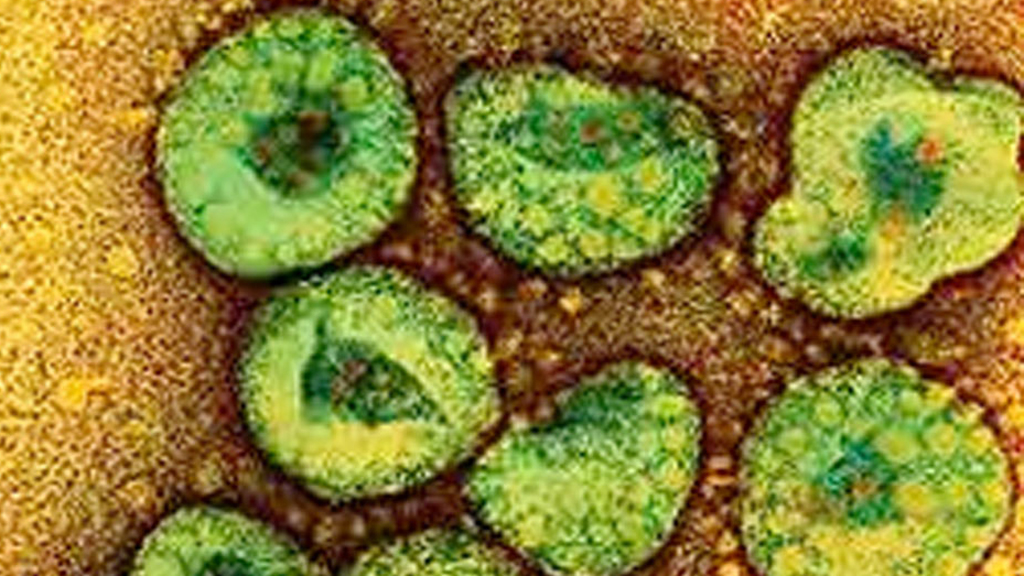New coronavirus sparks health alert
Public health officials are on alert after a second case of a potentially lethal new virus was confirmed in the UK, writes Channel 4 News Science Editor Tom Clarke.

The latest cases brings the global total to 10, all of which have links to the Middle East. Five people have died.
The virus is of intense interest to virologists because it is a coronavirus – the same family as the one which caused the deadly Sars outbreak in 2002. So far, however, this virus does npt appear to have passed from person to person.
“Our assessment is that the risk associated with novel coronavirus to the general UK population remains extremely low and the risk to travellers to the Arabian peninsula and surrounding countries remains very low”, said Professor John Watson, head of the respiratory diseases department at the Health Protection Agency in London.
The latest case is described as a middle-aged man from the Manchester area who had returned from Qatar. He was admitted to hospital at the end of January and is now in intensive care with severe respiratory illness. Close contacts of the man and his family are now being tested for the infection.
Earlier this year a team from the WHO, including members of the UK HPA, visited Saudi Arabia to try and establish whether there was a common point origin for the virus.
A dead-end occurrence?
The 10 cases discovered so far could all come from a common source. Alternatively it could be a more common virus that is mild in most cases but makes a sub-set of people it infects gravely ill – similar to the swine flu virus in 2009.
“It could be a one-stop dead-end occurrence,” said Professor Wendy Barlacy, a virologist at Imperial College in London. The RNA sequence of the virus suggests it is closely related to a coronavirus found in bats. If that is the case virologists will need to study the virus further as it could have the ability to mutate and cross the species barrier, said Barclay.
The Sars virus, which originated in civet cats in markets in China, became transmissible between humans. Between 2002 and 2003, 775 people died of the infection in 37 countries, 8,000 people were known to be infected.
The new coronavirus was first described in a patient who died in Saudi Arabia in June 2012. The first UK case, who had travelled to Qatar, was confirmed in September.
The entire genetic code of the virus from this first patient has since been sequenced by the HPA. “This will help with efforts to determine the origin of the virus and develop strategies for treatment and prevention,” said Professor Maria Zambon, director of reference microbiology services at the HPA.